#Peter Anderson Studios
Text
Here you go. The Good Omens S2 Episode 1 title sequence, by Peter Anderson Studios, music by David Arnold. We warned you it was madder than the S1 titles, and it is. I think it's really good.
12K notes
·
View notes
Text
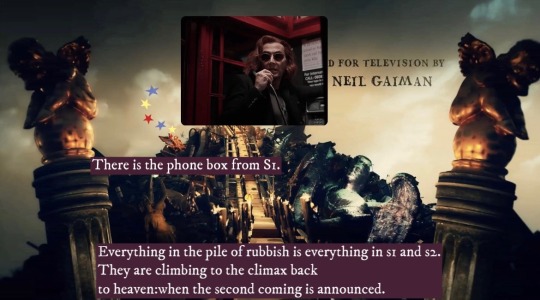






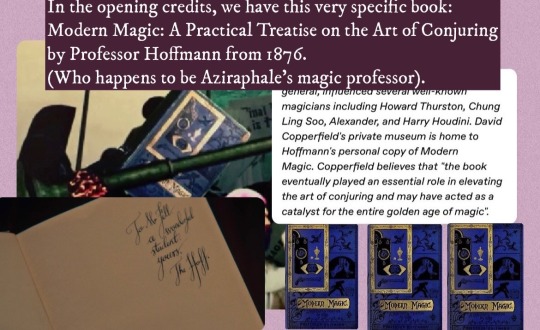


Good Omens opening credits easter eggs part 2!
Also not adding more obvious references like the 🪧* of the procession saying "The Second Coming" or the faces of each (almost all) of the characters being either Aziraphale's or Crowley's.
Part 1 is here.
Also if you want to read it on it’s original format, then it is here.
#aziraphale#crowley#good omens#good omens fun facts#ineffable husbands#neil gaiman#terry pratchett#good omens opening title#peter anderson studios#easter eggs
184 notes
·
View notes
Text
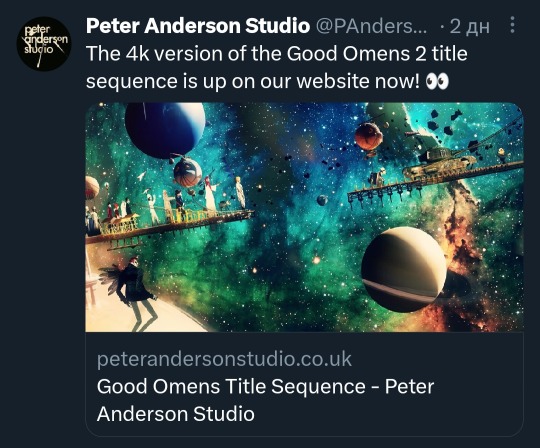
Wow, in 4k I can see the signs on the chairs! 🤩
"A Tale of Two Cities" Charles Dickens
"Pride and Prejudice" Jane Austen

"The Crow Road" Iain Banks (twice)
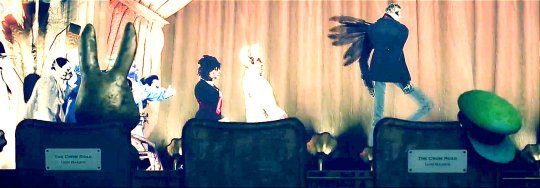
"Good Omens" Terry Pratchett 💕

4K notes
·
View notes
Text

Siouxsie Sioux Swansea, 1981
📷 Peter Anderson
#siouxsie sioux#peter anderson studio#music#siouxsie and the banshees#musician#musica#rock#punk rock#rock music#singer#rock singer#beauty#gothic rock#punk scene
401 notes
·
View notes
Text
A recap of the panel with Peter Anderson Studio at The Ineffable Con 4
- Season 2 opening titles are a direct continuation of the end of Season 1 opening titles.
- All of it is only possible because of Neil Gaiman and Douglas Mackinnon. Peter Anderson says it’s because of “their brillance as creatives and their celebration of each person that they work with. They have a kind of respect for and celebrate, but they also collaborate in the best way possible.”
- Gabriel is hidden in every scene of the title sequence.
- The duck referenced on Mr. Brown’s newspaper (ep. 2) appears in the title sequence too (duck playing the accordion at the front of the stage).
- The indication cards (London, Present Day, Hell, etc) are made for real and then filmed.
- The Scotland hills were made with paper maché. The green and blue tartan is actually a Mackinnon tartan in reference to Douglas Mackinnon.
- The spider and Nazi fly were created for real and then filmed.
- The nebulae we can see at the beginning were chosen because people could relate to them.
- Peter Anderson confirms that there are hints for Season 3 in the Season 2 title sequences.
- It took about 6 months to make the opening titles.
- The symbols in heaven are actual language that can be decoded.
- The planet being born when Aziraphale and Crowley are dancing is just a planet.
- The Adam headstone refers to Adam and Eve.
- The names behind the chairs in the magic show are important. They all connect to different episodes and characters.
@neil-gaiman @theineffablecon
#good omens#good omens 2#good omens 3#Peter Anderson studio#neil gaiman#the ineffable con#TIC 4#it’s ineffable angel#Good Omens News
372 notes
·
View notes
Text
David finally got his wish! Now he is listed first in the title sequence :)
Season 1:

Season 2:

#good omens#good omens 2#Peter Anderson Studio#title sequence#Finally david gets to go first#It only took a little whining in Staged
410 notes
·
View notes
Text
On love and sacrifices
There’s so much more to this scapegoating business and big sacrifices referenced in the Good Omens narrative than the literal goats. And they’re only getting bigger, louder, final.
But let’s take it slow and start with the beginning, quite literally — i.e., with the Good Omens 2 title sequence. As we follow Aziraphale and Crowley on their journey, the universe warps and their usual left and right side positioning switches during the magic show (not accidentally an act of trust and sacrifice required both from the angel and the demon). They stay so throughout the next scene, which is their little dance in the air, and after they seemingly get settled on the A. Z. Fell and Co.’s roof and back to normal, the flipped sky in the background suggests that something’s not quite right yet. In the central part of the shot looms a large, humanlike shadow of the Elephant Trunk Nebula.

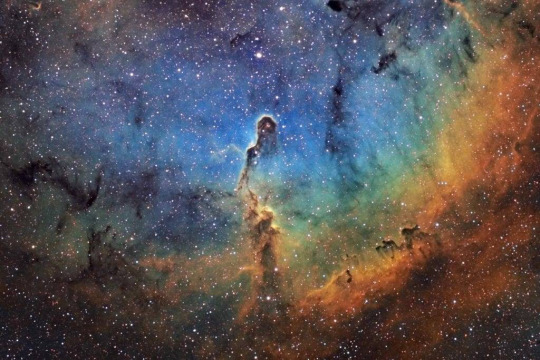
The nebula is a part of a constellation called Cepheus, after an Ethiopian king from the Greek mythology who agreed to sacrifice his only daughter in order to appease the gods and end a local calamity started by her mother and his wife, Cassiopeia (talk about generational responsibility). With time and a delightfully ironic twist of fate, the name of said daughter, Andromeda, became more famous than that of her father. Although she was chained up to a rock and offered to the sea serpent Cetus, the girl was spotted by the warrior Perseus, casually flying over the sea — either on the back of the Pegasus or thanks to a pair of winged sandals — after his victory over Medusa. He fell in love on the spot, defeated the serpent (with the help of a magical sword or Medusa’s severed head, depending on the varying sources), and freed the princess. That’s not exactly where their story ends, but we won’t be getting into the rest here.
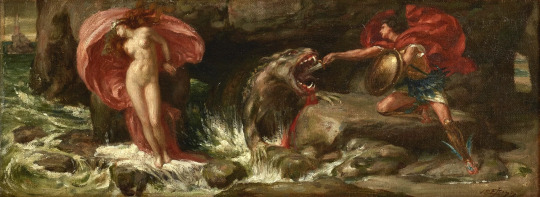
Not surprisingly, Neil has mentioned two parallel child sacrifice stories from the biblical context back in August. The first is one of the big ones — The Binding of Isaac. God's command to sacrifice Isaac, his only son, was a test of Abraham's faith. The angel of the Lord intervenes and provides a ram to be sacrificed in the boy’s place.
The second one isn’t nearly as popular, but you might have heard a variant of it in fairy tales or as the Law of Surprise invoked in The Witcher saga. In exchange for Israel’s victory over its enemies in battle, Jephthah had rashly promised God to repay the debt with the first thing seen on his return back home. The victorious warrior didn’t suspect to see his only child moving innocently "to meet him with timbrels and with dances" though. In horror, Jephthah covered his eyes with his cloak, but to no avail: ultimately, he was forced to honor his vow to God, and the girl was sacrificed. As grisly as it might look like in the Old Master’s paintings, it’s important to remember that human sacrifices weren’t limited to physical offerings only — Jephthah’s daughter might have been offered to God in the sense of officially shunning her family and dedicating her life to service instead, probably sequestered in a temple somewhere.
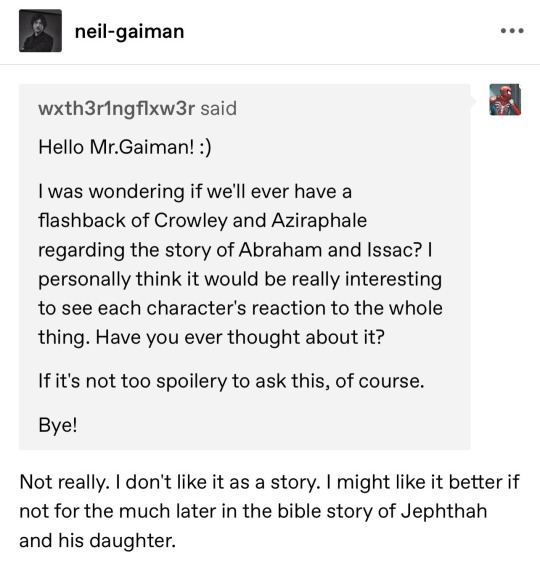
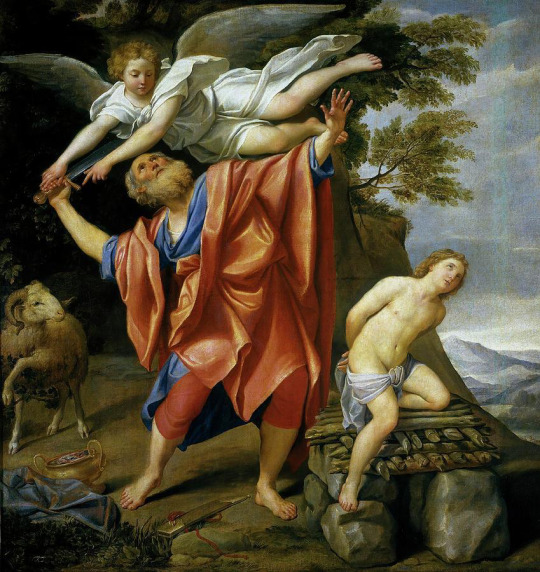
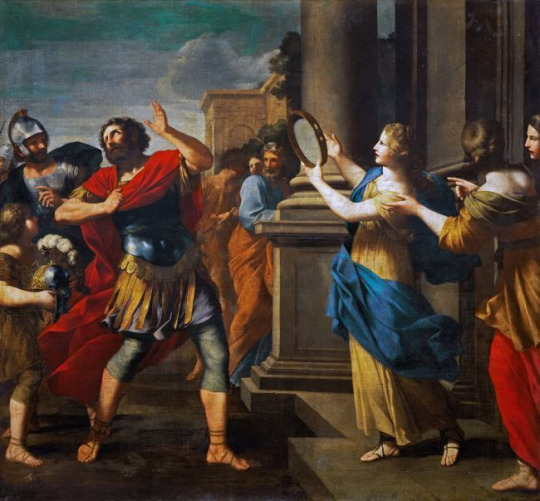
Interestingly, the main character of a big chunk of the Bible and the reason for the Second Coming happens to be THE most influential child sacrifice in the modern history. You know, a certain 33-year-old carpenter sent by his Heavenly Father to die on a cross for the sins of the mankind? Someone better call Aubrey Thyme ASAP.
Circling back to Aziraphale, he could be also seen as a representative of the concept of filial piety, since Eden willing to personally take a Fall not only for the humanity’s collective or individual transgressions, but the shortcomings of his Ineffable Parental Figure as well. Our favorite angel angel always fights for what is right and good, sure, but why would that be even a thing if God was truly omniscient, omnipresent, and omnipotent?
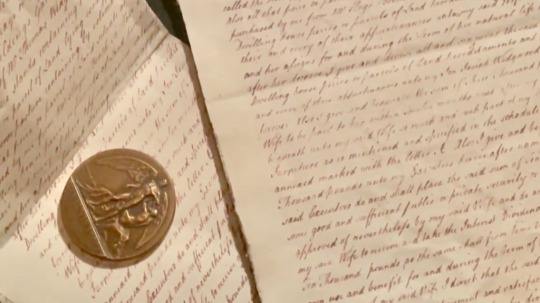

If Aziraphale’s medal is anything to go by, it looks like we might get an answer from the way it’s introducing another mythological narrative into the game, that is the story of Daedalus and Icarus. The most absorbing thing about this is the stark contrast to the recurring child sacrifice references for S3 mentioned in this post — Daedalus isn’t a father who wanted to sacrifice his son, it was his attempt to save him from imprisonment that ultimately drove Icarus to his death. The boy ignored his father’s explicit instructions, committing the grave and culturally universal sin of disobedience to one's parents that simply couldn’t go unpunished, one way or another.
But Icarus’s transgression could be seen both as high-flying ambition and striving for personal accomplishment as well as humanitarian sacrifice for knowledge and humanity’s advancement in general.
Similarly to a certain angel who left everything for what superficially seems like a work promotion, but is the ultimate act of love — both for his demon and the children they have been protecting and nurturing together for six thousand years. From the very Beginning, his white wings have been shielding everything he holds dear in this world.

#happy easter#child sacrifice#greek mythology#bible fanfiction#good omens#good omens meta#never skip the intro#peter anderson studio#easter eggs#nebula#archangel michael approves#sword fighting with snakes#prince and the serpent#supreme archangel aziraphale#bamf aziraphale#aziraphale needs a hug#aziraphale#crowley#yuri is doing her thing#daedalus and icarus#cepheus and andromeda#abraham and isaac#jephthah’s daughter#god and jesus
131 notes
·
View notes
Text
youtube
Good Omens Season 2: Opening Title Sequence produced at Peter Anderson Studio
#tv shows#tv#good omens#neil gaiman#terry pratchett#opening titles#john hamm#douglas mackinnon#david tennant#animation#michael sheen#peter anderson studio#titles#peter anderson#music#david arnold#Vimeo#Youtube
22 notes
·
View notes
Text

A Very Tempting Cake
#good omens#neil gaiman#terry pratchett#peter anderson studio#i love their intro designs#aziraphale#crowley#good enough cake
17 notes
·
View notes
Text
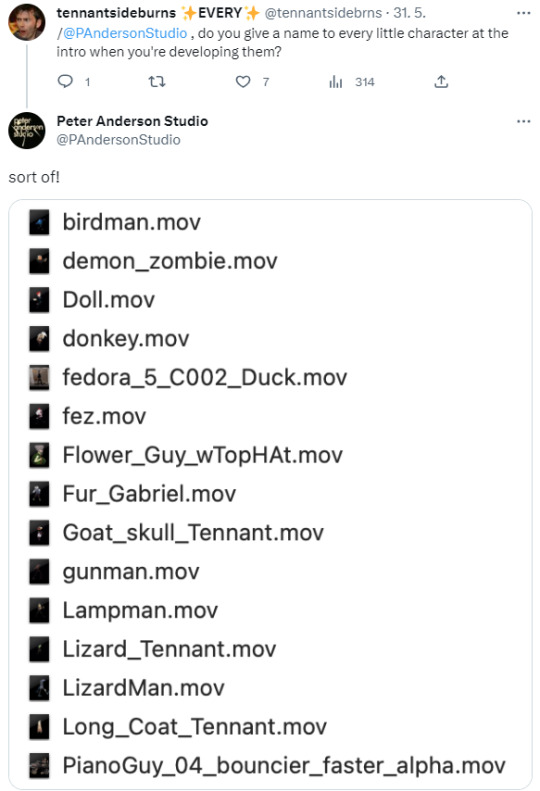
About the Opening Title :D
899 notes
·
View notes
Text



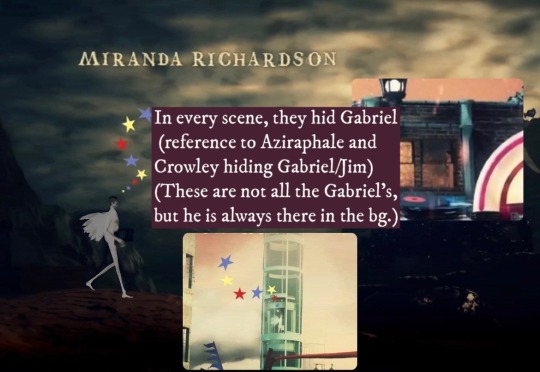



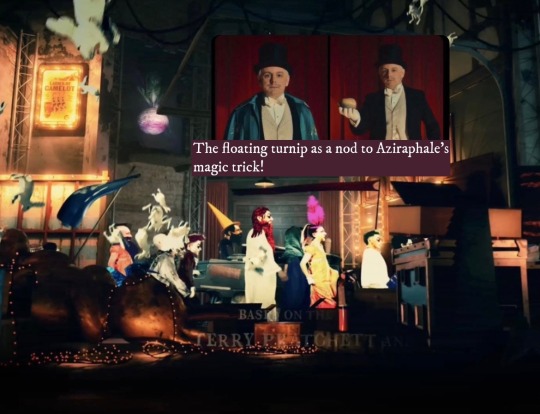
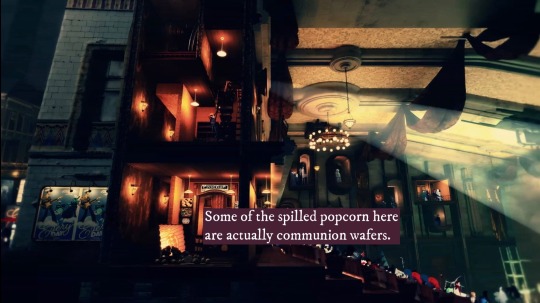

I know there are a ton of Easter Eggs in the Good Omens 2 opening sequence, and these are just scratching the surface. But these are all of those mentioned by Peter Anderson, plus a few more we’ve spotted in the form of a visual aid.
Part 1 🍎
Next part 2. 🪧
#aziraphale#crowley#good omens#good omens fun facts#ineffable husbands#neil gaiman#terry pratchett#peter anderson studios#good omens opening title#opening credits#easter eggs
182 notes
·
View notes
Text
I FOUND THE SNAKE! 🐍😭❤❤❤ near Muriel! BLACK AND RED SNAKE WHO COULD IT BE??? 😍😍😍

🫸🐍🫷😭💖😄
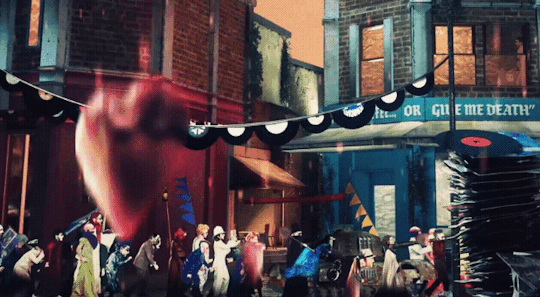
#crowley#good omens 2#neil gaiman#good omens gif#peter anderson studio#good omens opening#good omens titles
51 notes
·
View notes
Text

as much as I love doctor who if good omens doesn't win this I'm convinced it's rigged.
5 notes
·
View notes
Text



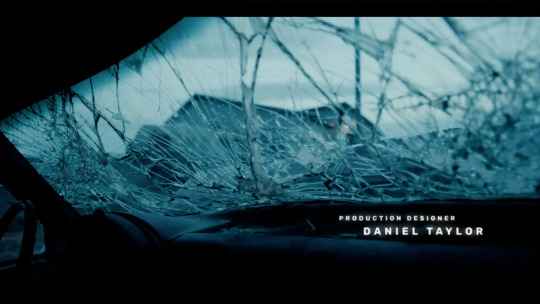

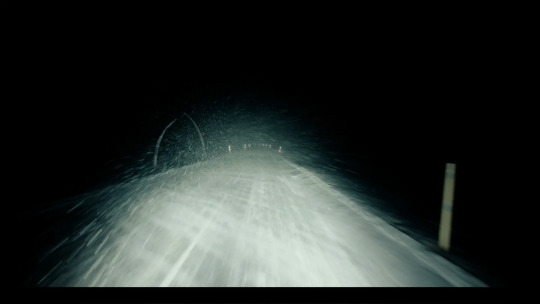


Really like the titles for the new season of True Detective by Peter Anderson Studio; bold to omit True Detective’s classic double exposure aesthetic but it does signify a certain “newness” (also love the Lost Highway-esque device)
#True Detective#Peter Anderson#Peter Anderson Studio#True Detective: Night Country#Motion Design#Television#Titles#Art Direction
5 notes
·
View notes
Text

I know it’s been a few days HOWEVER, i really want to share the line art for my New Year’s post!! It’s taken me a bit to figure it out as this is one of my most ambitious works yet but i’m very happy with how it looks so far. I hope you’re all having a great start to the year!!
Sending you so much love! 💕
-Isa / Starry Tree Studio
ps. i’ll post the finished piece the moment i get it done! for now though, this is all i’ve done heheh.
#aesthetic#cottagecore#artblr#cottage core#beatrix potter#cute art#farmcore#artists on tumblr#nature art#art#cottage aesthetic#cottage#starry tree studio#wes anderson#jill barklem#peter rabbit#bunnies#hamsters#cute hamster#cute animals#digital art#digital drawing#children illustration#illustrator#illustration
11 notes
·
View notes